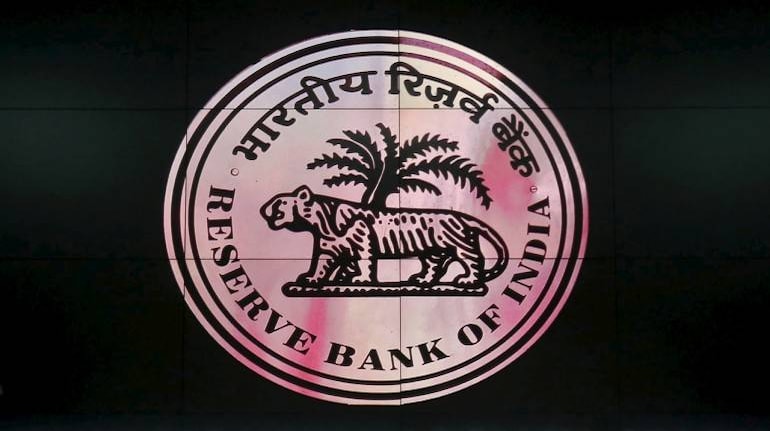



Bad loans for the banking sector are likely to increase in 2018-19 from the current levels of around 11.5 percent, the Reserve Bank of India said in its annual report.
Stressed assets [gross non-performing assets (NPAs) plus restructured standard advances] in the banking system remained elevated at 12.1 percent of gross advances at end-March 2018.
“Going forward, the stress tests carried out by the Reserve Bank suggest that under the baseline assumption of the current economic situation prevailing, the gross NPA ratio of scheduled commercial banks may increase further in 2018-19,” RBI said in its annual report released on Wednesday.
As per an ICRA report released on Tuesday, the gross NPA ratio was at 11.52 percent as of June-end as compared to 11.68 percent as of March-end 2018 while net NPAs stood at 5.92 percent as of June end from 6.27 percent in March.
RBI pointed out that the combined impact of the increase in provisioning against NPAs and mark to-market (MTM) treasury losses on account of the hardening of yields eroded the profitability of banks, resulting in net losses.
Aggregate losses of the 21 public sector banks for the three months from April to June stood at Rs 16,614.52 crore, led by a massive loss of Rs 4,875 crore from the two largest lenders State Bank of India (SBI) and Rs 940 crore from Punjab National Bank (PNB).
Of the 21, only seven banks posted a profit in the first quarter as against two banks in the fourth quarter. For the fourth quarter ending March 2018, the aggregate losses of the 21 banks were at Rs 62,641.27 crore.
Private banks aid credit off-take
Bank loans to industry picked up slowly on a brightening outlook…The recovery in credit growth from November 2017 onwards benefited mainly from a favourable base effect as credit levels a year ago were dampened by demonetisation effects.
Credit growth was largely driven by private sector banks, which were resilient in the face of these tectonic shifts, with their credit portfolio growing at 18.7 percent during the year as compared to 5.3 percent by public sector banks (PSBs) and 3.8 percent by foreign banks.
Going forward, the up-tick in credit growth is likely to be supported by the progress being made under the aegis of the Insolvency and Bankruptcy Code (IBC) in addressing stress on balance sheets of both corporates and banks, recapitalisation of PSBs, and a positive outlook on the economy, the annual report said.
RBI showed optimism to say that the prevailing negative credit-to-GDP gap indicates that there is sufficient scope for credit absorption and expansion in bank lending on a sustained basis.
Among PSBs, the 11 under prompt corrective action (PCA) turned out to be laggards, though signs of revival were evident in this category as well during 2018-19 so far.
Inflation
Headline inflation, which averaged 4.8 percent during Q1 2018-19, is likely to face upside risks over the rest of the year from a number of sources, warranting continuous vigil and a readiness to head off those pressures from getting generalised.
Rising global commodity prices, especially of crude oil, and recent global financial market developments are firming up input cost pressures, RBI said.
Improve domestic macros
India’s external sector exhibited resilience despite the widening of the CAD (current account deficit) on account of a surge in prices of major import commodities.
Global headwinds are likely to confront India’s external sector in 2018-19.
"Even though exports have gathered momentum in Q1 of 2018-19, the worsening global trade environment as a result of protectionist policies may impinge upon external demand," the annual report said.
Elevated crude oil prices and the strengthening of domestic demand may push up the import bill. With India being a net energy importer, the changing demand-supply dynamics in the international crude oil market may impact heavily on India’s trade deficit, RBI added.
Hence, strengthening of domestic macroeconomic fundamentals holds the key to ensuring a viable external sector that is reasonably buffered against global shocks, the annual report added.
Discover the latest Business News, Sensex, and Nifty updates. Obtain Personal Finance insights, tax queries, and expert opinions on Moneycontrol or download the Moneycontrol App to stay updated!
Find the best of Al News in one place, specially curated for you every weekend.
Stay on top of the latest tech trends and biggest startup news.